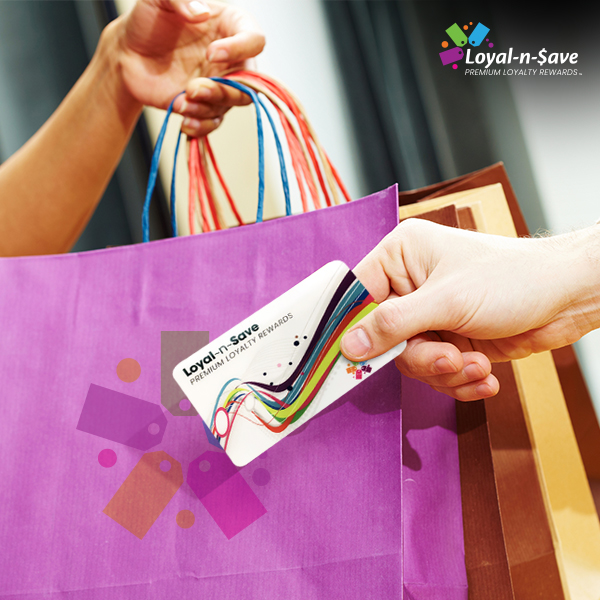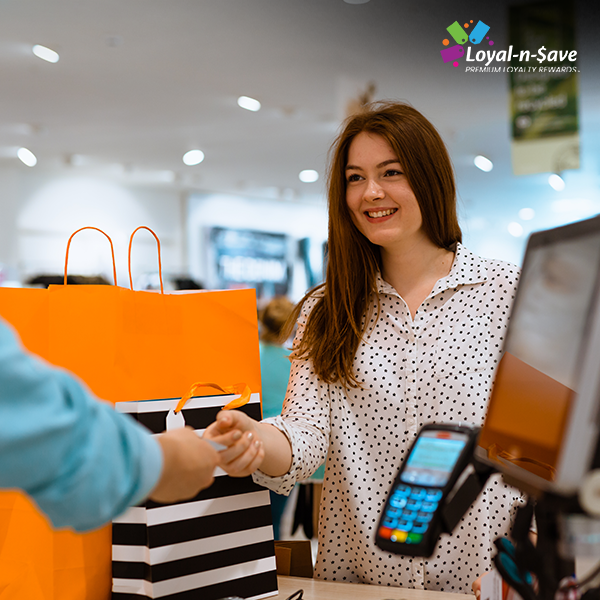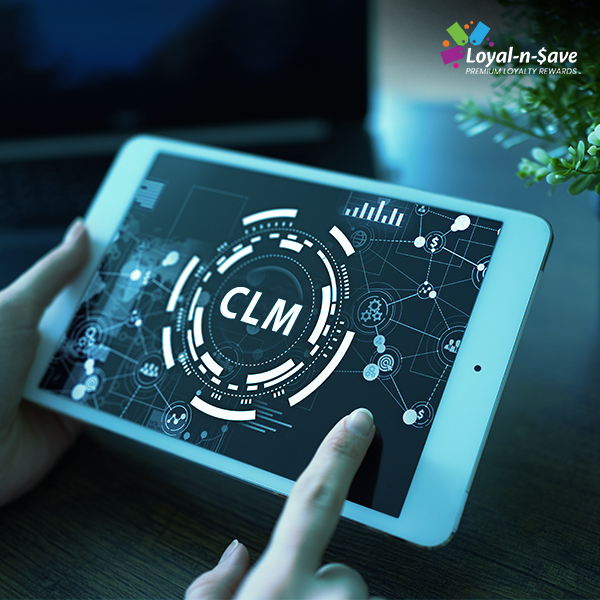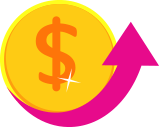How To Determine The Points Model For Loyalty Programs
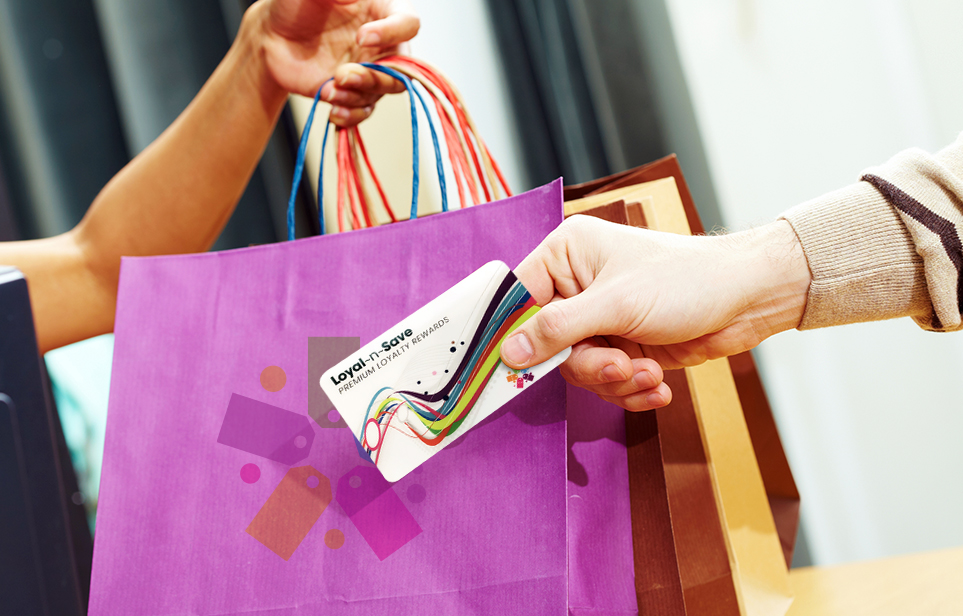
A well-designed customer loyalty rewards program will convert shoppers into members, increase program engagement, and significantly boost sales.
But in order for a loyalty program to result in measurable business growth, the retailer must determine the exact value of their program’s “points”.
If the value of earning a single point is set too high, then members will get discouraged and participate in the program less. No one wants to have to spend $500 just to earn a single rewards point.
However, if the value is set too low, the retailer could accrue greater losses in proportion to rising member participation. For example, if a member receives 500 points after spending a single dollar, and the redemption value of 500 points equals $2, sooner or later the retailer will have to file for bankruptcy.
Striking the sweet spot when it comes to setting the value of your program’s rewards points is a real science.
Successful customer loyalty rewards programs use points values that render mutually beneficial results, leaving program members happy about their savings and retailers thrilled about their increasing revenue.
In this article, we will walk you through how to calculate the best value at which to set your program points to help you determine your customer loyalty rewards program points model.
CALCULATE THE REDEMPTION VALUE OF YOUR POINTS
When loyalty members explore your program’s rewards, they won’t necessarily be able to calculate the dollar value of a “point”. That’s okay. A little mystery will work in your favor. What they will be able to see is the total points required to redeem each item, for example, 10,000 points for an Amazon Echo, 2,000 points for a stainless steel thermos, and 600 points for a branded hoodie, you get the idea.
As members begin interacting with the program, they will start to develop a perception of value. When a member discovers he’s earned 50 points after a single shopping trip, he gains a sense that shopping at that location is rewarding—50 points is significant to him! He feels encouraged. Curious, he logs onto the loyalty app and checks if there are any rewards items he can redeem. There are! And one of the custom rewards items happens to be his favorite product that he buys once a week! Suddenly, his perception of the value of a rewards point is improved.
Similarly, when another program member realizes that her points balance has climbed to 15,000 over the past four months, her perception about the value of a rewards point is shaped. In her mind, it wasn’t all that hard to consistently shop at the loyalty store. She didn’t spend more money than ordinary—how easy! She only chose to stay loyal to one store rather than a bunch, and it paid off! Excited, she opens the loyalty mobile app to see what she can get for 15,000, and when she discovers a number of quality products she’s eligible to redeem, her perception of the store’s brand improves.
As a retailer, you probably want to make your customers as excited to engage with your rewards program as our examples above felt. The good news is that while your loyalty members perceive that your program’s rewards point has a high dollar value, it doesn’t really have to.
Break out the calculators and sharpen your pencils, because it’s time for the mathematical portion of this article to get underway!
The best way to put this equation into action is with a free product reward example. Let’s say one of your rewards is branded swag—a stainless steel thermos. Psychologically, customers will perceive that the value of the points needed to redeem a rewards item is equal to the dollar cost of the item.
Meaning, if your thermos retails at $18, and can be redeemed for 1,800 rewards points, the customer will assume your points are worth 1 cent each. That is exact math.
However, the stainless steel thermos is meant to be a reward, a perk, a “thank you“… You aren’t simply selling the thermos via points. You’re rewarding customer loyalty with the thermos.
You can go in either one of two directions…
You could lower the rewards points needed to redeem the thermos to 1,500, or perhaps 1,000. By lowering the number of points needed to redeem the thermos, your customers will think the thermos is attainable and will feel encouraged. They’ll shop more, quickly earn enough points, and immediately redeem the thermos. The only downside is that they could perceive that the value of the thermos—and by extension, the value of a program “point”—is cheap.
Or…
You could raise the rewards points needed to redeem the thermos to 2,000 or even 2,500, for instance. This will have an equally appealing psychological effect, but provoke a different perception in the minds of your program members. Members will perceive that the thermos is high-quality. They will believe a single rewards program point has a cash value of 72 or even 90 cents. They’ll regard the program as offering a higher value in general.
But what if you’ve followed all of our advice, used our equation, and you still have a low redemption rate?
Keep reading…
HOW TO IMPROVE A LOW REDEMPTION RATE
A low redemption rate stems from low program participation, it’s really that straightforward. The solution is to focus on increasing member participation. But how? You may have to go back to the drawing board in terms of crafting a rewards structure that’s exciting and engaging. If so, here are 5 tips to help you improve your loyalty program redemption rate:
- Devise and promote different ways to earn points
- Offer a variety of rewards, from free products to experiences
- Provide online and in-store incentives
- Reward members for social engagement
- Use SMS texts and in-app notifications to remind members of their points balances and how close they are to redemption tiers
SUCCESSFUL PROGRAMS USE SIMPLE REWARDS
Whatever points model redemption valuation you use, the most important factor to bear in mind is that if your customers can’t easily understand the value of your program’s points, they probably won’t strive to earn points. Successful loyalty rewards programs use simple rewards structures. Members should be able to calculate, at a glance, how many points they’ll receive when they buy certain items at your store and also how many points they’ll need to redeem the rewards your program is offering.
So, what makes a good loyalty program? The answer to this question is truly complex, which is why the loyalty strategists at Loyal~n~Save have dedicated themselves to tackling this subject with every weekly blog we publish.
While there is no single strategy for building a “perfect” loyalty rewards program, you can follow these “best practices” and come pretty darn close:
- Use more than one sign-up channel
- Diversify your communication methods
- Incorporate personalized messages
- Analyze campaign engagement and adjust accordingly
- Survey members, collect feedback, and improve customer satisfaction
Loyal~n~Save, a premier customer loyalty rewards program, supports businesses of all sizes in their effort to convert shoppers into loyal customers and increase their earnings. We use proprietary technology to provide our clients with personalized loyalty program mobile apps that today’s consumers love.
Our winning rewards program combines the power of digital marketing with proven rewards structures that engage members and incentivize spending, and that’s not all. Loyal~n~Save also comes with Swag Shop add-ons and gamification capabilities that make our program a cut above the rest.
With Loyal~n~Save, the more loyalty members shop, the more they save, and the more revenue the retailer earns. There are no pitfalls or unexpected losses with our tried-and-true loyalty structures and points valuation models, unlike our competitors. Whether you launch a points-per-dollar rewards structure, a points-per-item rewards structure, a tiered rewards structure, or all three, our system is 100% scalable.
Our loyalty strategists serve B2B and B2C companies across all industries, and we can serve your business, too.
Ready to get started? Contact us today for a free demo!
This article was written by Loyal-n-Save, an omni-channel customer loyalty solution for retailers looking to increase customer retention and new customer acquisition.
Posted on May 18, 2021



